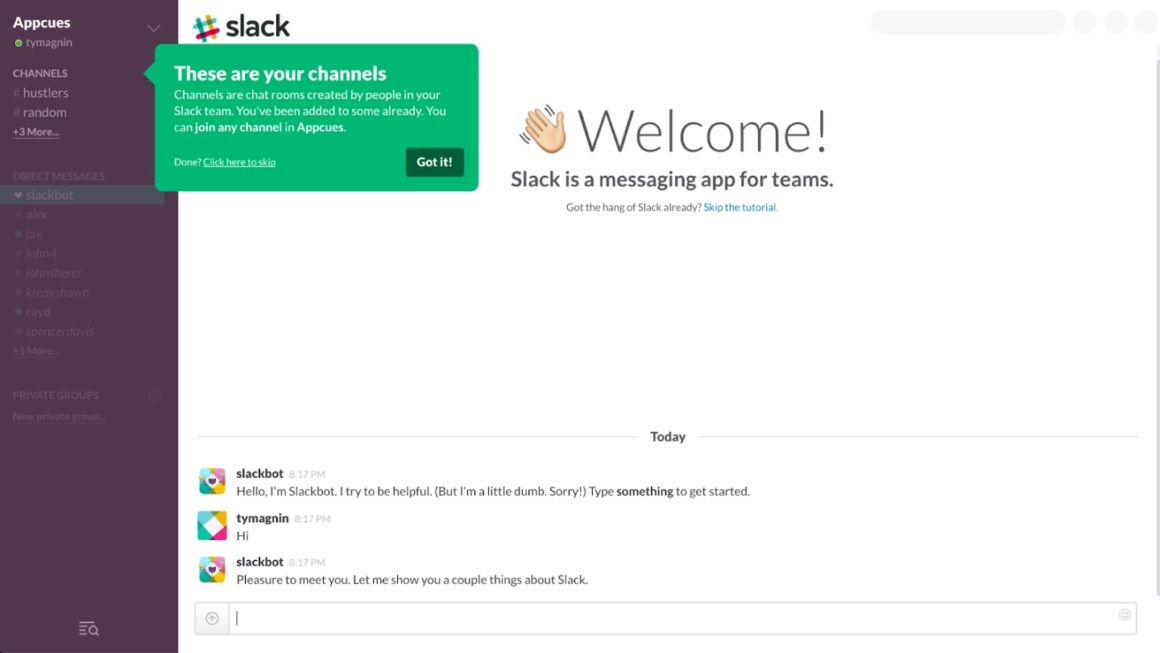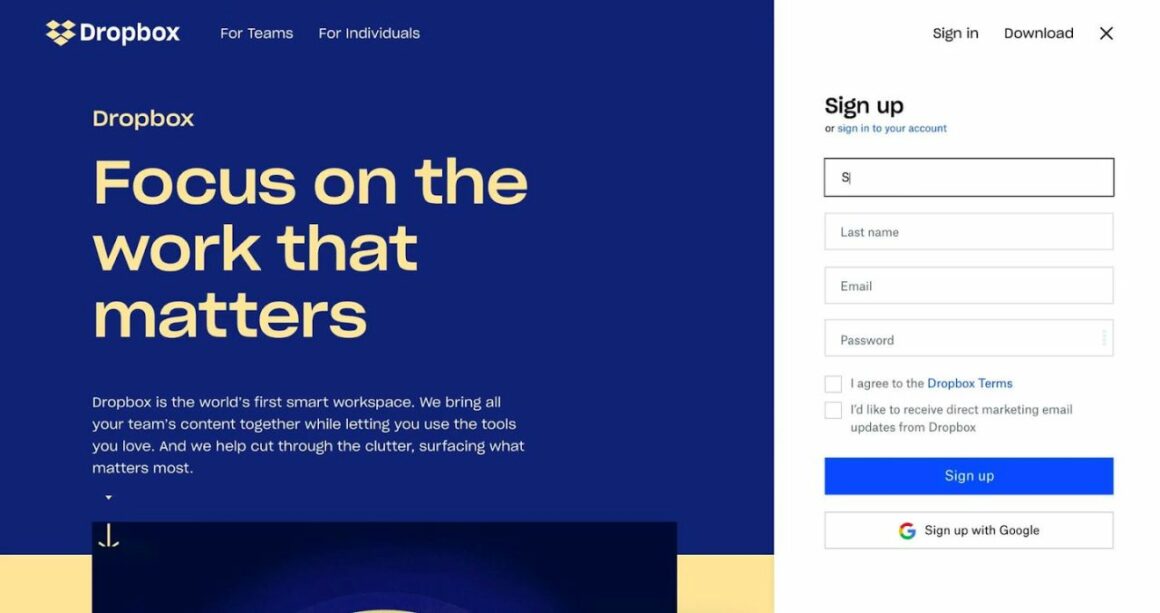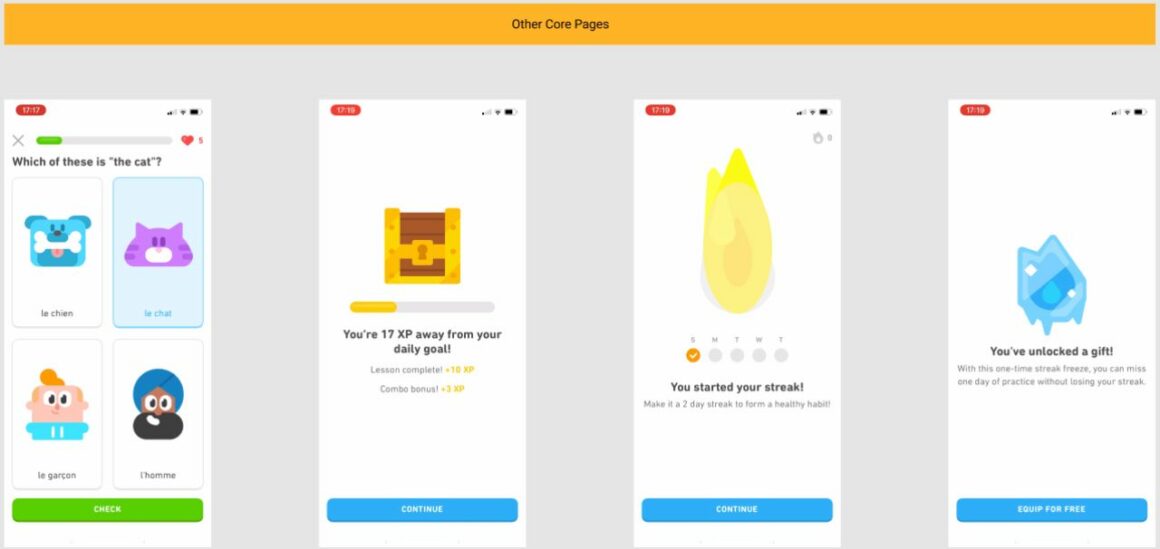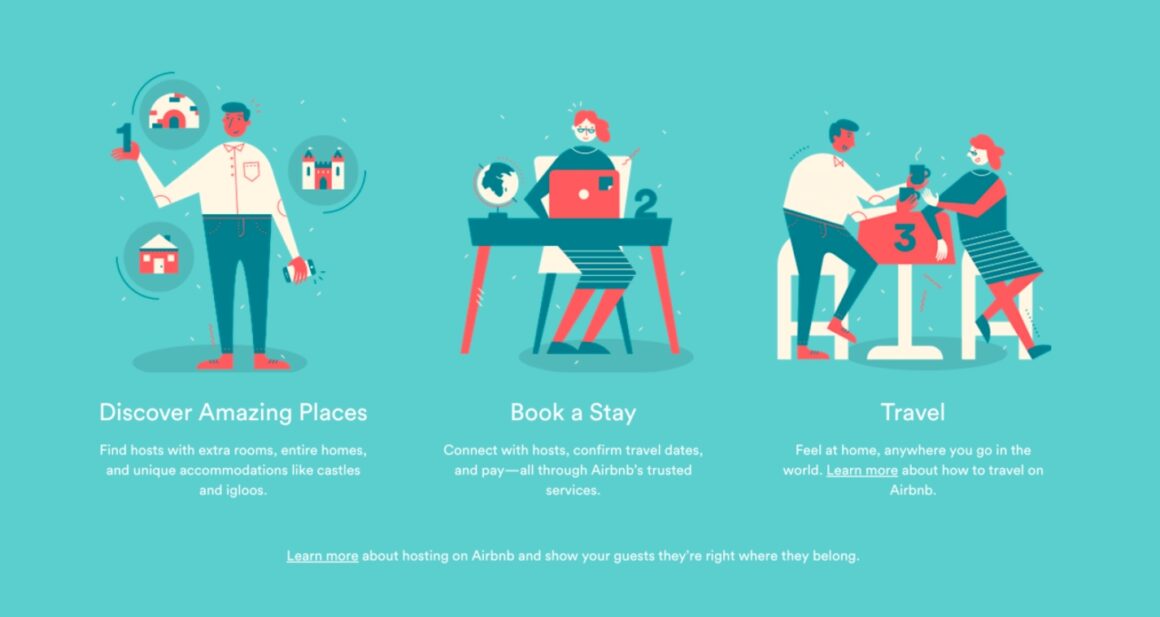

When it comes to building a successful business that lasts, acquiring new customers is only half the battle.
The real challenge lies in keeping those customers around for the long run.
That is exactly where customer retention comes into play, and an effective user onboarding process can be the key to making it happen 🔑
So today, we will be exploring the unbreakable link between the concept of user onboarding and customer retention...
And how a well-thought and designed onboarding process can help you attract new users AND keep them engaged and loyal to your brand.
So without further due, let's dive in:
- What user onboarding is,
- What customer retention is,
- How user onboarding affects retention,
- How to create an onboarding experience that keeps your customers coming back for more
- Some good real-life examples of user onboarding designed with retention in mind.
Don't have the time? Here's the TL;DR ⬇️
TL;DR
- User onboarding is the process of introducing new users to your services and helping them become more familiar with your product, what it has to offer, its particular features, and its functionality.
- Customer retention is the practice of offering consistent customer experiences in your product to get your customers hooked & coming back for more.
- The simplest description of the link between user onboarding and customer retention is that, if you onboard users the right way, they keep using your product and invest more, which is the definition of retention. The better your onboarding process, the more you retain customers.
- Some best practices to create a retention-focused onboarding process include: identifying your customer base, prioritizing key features, keeping the process seamless, providing consistent support, measuring, and iterating.
- Among the best examples of retention-focused onboarding are Slack, Dropbox, Duolingo, and Airbnb.
What is User Onboarding?
User onboarding is the process of introducing new users to your services and helping them become more familiar with your product, what it has to offer, its particular features, and its functionality. It is just like giving a foreigner a tour of the city you live in - you try your best to make the person feel comfortable and pumped to see more and experience what is to come.
👉 The primary goal of user onboarding is to offer a seamless and engaging experience that motivates users to stick around and keep on using your product.
So, in the end, the point is:
Making an excellent first impression and setting the stage for a long and happy connection between your users and your business.
But do not make the mistake of thinking of the onboarding journey as a one-time event.
Instead, it is an ongoing process that continues long after the initial sign-up; overall, it includes:
👉 Educating users about new functionalities,
👉 Offering insightful tips and tutorials to guide them further, and
👉 Addressing any possible friction or confusion that may arise
So, I want you to think of user onboarding as a dance.
You want to lead your users through each and every step, ensuring that they are comfortable and confident along the way.
And just like any dance, it takes a lot of practice, devotion, and dedication to get it just right.
Unless, of course, you want to keep it easy to use and no-code 🤫⬇️
Whether you are launching a new product or looking for ways to improve your existing onboarding process, remember that user onboarding primarily focuses on creating a delightful and engaging experience for your users in the first place.
Put simply, it provides the exact thing you AND your users need.
So put on your dancing shoes and get ready to show your users the time of their lives 🕺
What is Customer Retention?
Customer Retention, on the other hand, is like having a lifelong best friend, a ride or die, an amigo to die with - it is about building a relationship that lasts for the long run. When you retain your customers, that means you are keeping them engaged and coming back to your business time and time again.
At its core, customer retention is all about creating a devoted fanbase that loves and supports your brand and anything it has to offer.
It is indeed the secret ingredient that separates successful businesses from the ones that fade into obscurity.
👉 However, retaining customers is not just about keeping them happy all the time.
Sadly that does not guarantee anything.
It is also about keeping them hooked on your product and services.
Retention done right is like Succession's final season; it is essentially about business, but is it totally addictive or not?

👉 To retain customers, you need to offer ongoing training and exceptional experience that keeps them coming back for more each day.
This can mean many things for different businesses.
Providing great customer service, offering special deals and promotions, or simply coming up with a product that people cannot go on a day without are just a few.
And this is where the concept of brilliant user onboarding comes into play.
Let's see how these two are connected.
How Exactly Does User Onboarding Affect Retention?
User onboarding plays a vital role in customer retention because it sets the very foundation for a positive product experience from the very beginning.
When your users sign up for your product, they are typically eager and all pumped to get things started.
But if they do not have a clear understanding of how your product works or in what ways it can benefit them, they are more likely to become confused and frustrated and easily give up before they even get to the good part.
This is where user onboarding comes in handy.
By offering a decent, clear, and engaging onboarding experience, you can help your users feel more encouraged and excited about using your product, which can lead to a longer and more satisfying customer journey.
Don't believe me?
Here are some quick stats for you:
👉🏼 According to research done by Invesp, effective onboarding can indeed improve customer retention rates by 50%, and that is not all there is to it.
👉🏼 A study by Localytics found that 21% of users abandon an app after using it only once - highlighting the significance of a strong user onboarding experience to make a positive first impression and motivate users to continue using the app.
👉🏼 Another case study by Userpilot examined the impact of onboarding on customer retention for a software company and found that a positive onboarding experience helped this business achieve a 150% increase in user retention over six months.
These findings highlight the value of user onboarding in long-term retention.
An effective onboarding process can:
✅ Reduce customer churn, improve user satisfaction, and increase the likelihood of users becoming long-term loyal customers and advocates for the product or service.
A strong onboarding process can also help users discover new features and hidden capabilities that they might not have known about otherwise, increasing the value and utility of your product, thus making it highly likely that users will keep on using it over a period of time.
In addition to these pros, user onboarding can also allow you to identify and address any pain points or issues that may occur during the users' interaction with your services.
By listening to feedback and making the necessary changes based on user needs, you can build a stronger and more loyal user base.
🔑 Ultimately, the key to retaining customers is to provide- and I cannot stress this enough - a consistently positive experience that starts with a brilliant user onboarding process.
So, if you're looking for ways to improve your customer acquisition...
It would be the wisest move to take a close look at your onboarding skills to avoid and eliminate the possibility of a poor onboarding experience.
Here's how I will help you with it ⬇️
How to Create a Retention-Focused Onboarding Process - 5 Best Practices
Now, let's have our main point on one part of our minds as we proceed:
A retention-oriented user onboarding process is designed to help new users become more engaged with a product and increase the likelihood of becoming long-term, happy customers.
Here are some effective best practices to create a retention-focused onboarding flow:
👉🏼 Identify your customer base and what their goals are.
To create and provide an impactful onboarding process that focuses primarily on retention, it is essential to understand what your users are trying to accomplish with your product.
This could include:
- Conducting user surveys,
- Analyzing customer support inquiries, or
- Collecting feedback from numerous channels
Once you have a better understanding of your users' goals, you can tailor your onboarding process to help them achieve those goals more quickly.
👉🏼 Prioritize key features.
Not all features are meant to be equal.
Some particular features of your product are far more important to your users than others, so it is important to prioritize the key features that will help your users achieve their dreams.
This typically involves using testing or analyzing usage data to identify the features that are most commonly used by your audience.
👉🏼 Keep it seamless.
Your onboarding process should be, before anything else, straightforward and simple to understand.
You should at all times avoid overwhelming your users with too much content and information to absorb or steps to take.
Instead, focus on offering clear, concise instructions that will help your users get started with a boost.
👉🏼 Provide consistent guidance and support.
Even with a basic user onboarding process, some users may still need assistance, guidance, and support.
Ensure that you are providing consistent support alongside clear instructions and helpful resources, such as tutorials, FAQs, and support articles.
You may also want to consider providing live chat support or email support to make sure you are there for your users whenever they may have questions or problems.
👉🏼 Measure and iterate.
Finally, it is vital to measure the effectiveness of your onboarding process and make the necessary changes whenever needed.
Analyze usage data and dive into the user feedback to identify areas where your users are struggling or where the onboarding process could be improved.
Use this valuable information to iterate and improve your onboarding process over time.
Now, if we got it on theory, let's move on to practice and check out some real-life examples of companies that have successfully created a retention-focused onboarding flow.
Retention-Focused User Onboarding - Best Examples
1- Slack

When it comes to providing a retention-oriented user onboarding process, Slack understands the assignment.
The platform's onboarding process includes a series of interactive tutorials that guide new users through the basics of using the app.
The tutorials and all the onboarding materials are designed to be engaging and fun, which extremely helps users feel more comfortable with the app and motivate them to keep on using it.
As a result of these implements, Slack saw increased user engagement and retention rates, with users adopting the platform as their primary communication tool.
2- Dropbox

Dropbox's effective onboarding program principally focuses on helping users understand how to use the core features of the product.
The process provided to users includes a series of short, educational videos to explain how to upload and share files, as well as a guided tour of the app's interface, making it easier and encouraging from the very start.
3- Duolingo

Duolingo's onboarding process is chiefly designed to make learning a new language fun and engaging.
The process includes a series of short lessons that teach active users basic vocabulary and grammar, as well as interactive games and quizzes that help users practice what they have learned.
The platform also utilized achievement badges, and progress tracking to keep users engaged and motivated.
Their user-centric approach led to higher user satisfaction, increased user retention, and improved word-of-mouth referrals.
4- Airbnb

Airbnb, an online marketplace for lodging and tourism experiences, recognized the significance of user onboarding in building trust and ensuring a positive customer experience.
They redesigned their flows and created a proper onboarding process, offering clear and concise instructions and personalized recommendations to new users.
This approach contributed to increased user engagement and conversion rates, leading to improved customer retention.
👉🏼 These case studies stress the significance of user onboarding in fostering positive user experiences, improving product adoption, and ultimately increasing customer retention.
By guiding users through the initial stages of using a product or service, you can, too, help users understand your product's value, reduce frustration, and build a foundation for long-term engagement and connection.
Final Word
As we conclude this article on the unbreakable link between user onboarding and customer retention, let's take a moment to appreciate the delightful connection that exists between these two vital aspects.
Think of user onboarding as the warm welcome extended to new users, introducing them to a delightful adventure full of experiences, functionalities, and improvements.
It is the initial process that welcomes them to your product, making them feel comfortable, informed, and excited to start their process and keep on going.
By providing clear guidance and support, onboarding sets the stage for a long-lasting relationship.
So, dear readers, recognize the brilliance of user onboarding and the importance of customer retention.
Make use of the opportunity to create remarkable experiences that leave a lasting impression, build trust, and cultivate strong relationships.
By doing so, you'll not only retain valuable users but also pave the way for future growth and consistent success.

















.svg)
.svg)
.svg)
.svg)
.svg)

.svg)
.svg)












.svg)
.svg)




.png)
















